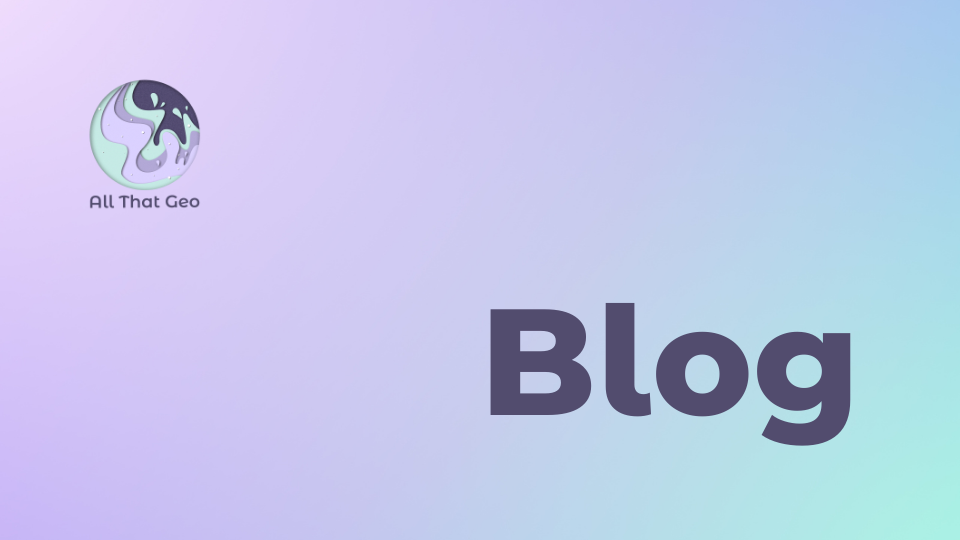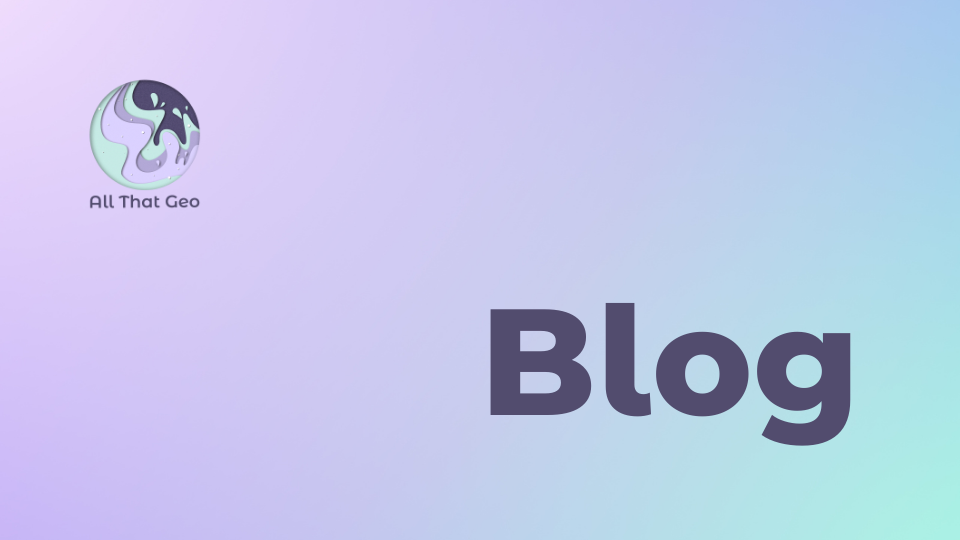Is your data analysis polyglot?

If you work with data from different countries or datasets containing text in multiple languages, you might find it hard to transform it into useful data. In that case, your data requires further transformation.
That is where Google Sheets comes to the rescue. Export the data to a spreadsheet, import it to Google Sheets, and enter the following formula to identify the language of a cell's text content:
=DETECTLANGUAGE(cell)
Example: DETECTLANGUAGE(D8)
Once you know the language(s) you're dealing with, you can go a step further and translate the text. Use the formula below:
=GOOGLETRANSLATE (cell, "source language", "dest language")
Example: =GOOGLETRANSLATE (C8, "fr", "en"). It translates the text in C8 from French to English.
These tricks will help you with data analysis, e.g. frequency of certain words in song titles (which is quite the revealing exercise for you to integrate into this course!) or prevalence of diseases across multiple national datasets.

The Monthly with All That Geo
Want to learn how to use ArcGIS Online for spatial, data-driven storytelling? Sign up for The Monthly with All That Geo and I'll deliver a new example of an interactive web app straight to your inbox every month.
You'll get a behind-the-scenes look at how it was built—from the data collection process through the final app—so you can practice your own data visualisation skills and unlock your creativity as you go.
If you want to find inspiration to start a project that will make a difference in your study area or work, sign up for The Monthly with All That Geo!






Member discussion